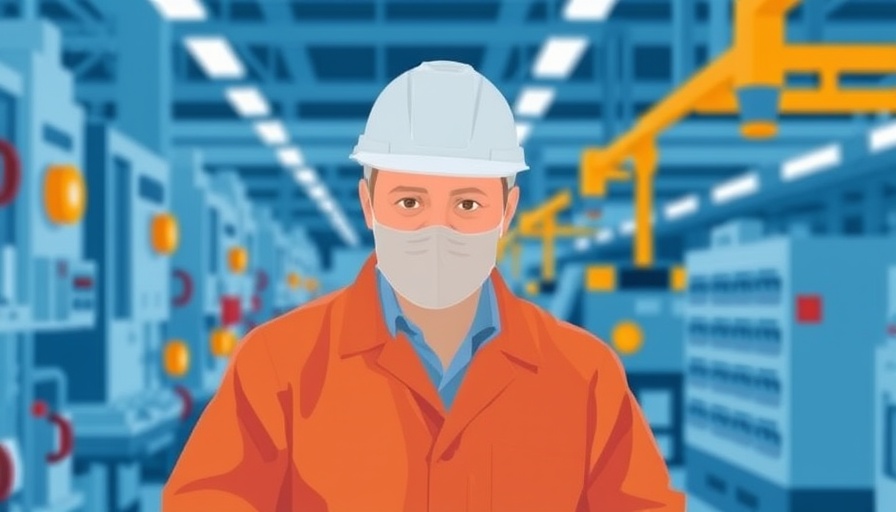
Exploring the Future of Manufacturing in a Changing Economy
The future of manufacturing is being reshaped by technological advancements and evolving economic policies. As AI and automation become commonplace, the dialogue around the revitalization of American manufacturing is more critical than ever. In a recent discussion hosted by The Washington Post, key stakeholders, including Senator Todd Young of Indiana and leaders from Samsung, explored the prospects and challenges faced by the industry.
Balancing Manufacturing and Globalization
Senator Young remarked on the complexities of reshoring manufacturing jobs that were lost during the era of hyper-globalization. With only 8 percent of the U.S. workforce currently employed in factories, the question arises: is the emphasis on manufacturing as a key economic driver potentially misplaced? The senator suggests that tariffs can play a significant role in reshoring efforts, but their effectiveness can vary depending on the global economic landscape.
The Role of Tariffs in Revitalizing Manufacturing
Young articulated that tariffs can serve multiple purposes, notably in trade-related negotiations. By imposing tariffs, the U.S. aims to incentivize allied countries to bolster their own military investments, while also using them as leverage to negotiate better trade deals. This dual-purpose use of tariffs suggests a strategic approach towards revitalizing the manufacturing sector, even if not always directly tied to factory jobs.
AI and the New Manufacturing Landscape
As heard from Barbara Humpton, CEO of Siemens USA, the integration of AI into manufacturing processes is expected to transform the workforce dynamics significantly. AI is not only automating repetitive tasks but is also leading to the creation of new job categories that require a blend of manual skills and technological know-how. This evolution necessitates a workforce that is adept at adapting to rapid changes in technology and processes.
The Importance of Training and Education
To meet the demands of a more tech-driven manufacturing environment, education and training programs need to evolve accordingly. There’s a growing consensus among industry leaders that upskilling and retraining the workforce is essential to preparing them for future roles. Initiatives that connect educational institutions with manufacturing companies can pave the way for a more competent workforce, providing individuals with the skills necessary to thrive in a competitive market.
Local and Global Perspectives on Manufacturing
The discussion around manufacturing also taps into broader economic themes. For instance, while some may argue that pushing for increased domestic manufacturing could hinder globalization's benefits, others contend that a balanced approach incorporating both local production and global trade is essential. Understanding that manufacturing strategy cannot be one-size-fits-all helps policymakers navigate their decisions.
The Human Side of Manufacturing: Mental Health and Employee Well-being
As industries adapt, it’s crucial to consider the human aspect of manufacturing. The mental health of workers, workplace toxicity, and the implementation of adequate stress management practices are becoming central themes in workplace discussions. Companies that prioritize employee well-being see notable increases in productivity and job satisfaction, indicating that a strong focus on mental health is not merely beneficial but necessary for sustainable success.
Conclusion: The Path Ahead for Manufacturing
In summary, as we analyze the future of manufacturing, it’s evident that embracing innovation, prioritizing skill development, and fostering a supportive workplace culture are vital to this transition. The conversations initiated by legislative and industrial leaders will undoubtedly shape the trajectory of an evolving manufacturing landscape, as America navigates the challenges and opportunities in the coming years.
 Add Row
Add Row  Add
Add 




 Add Row
Add Row  Add
Add 

Write A Comment